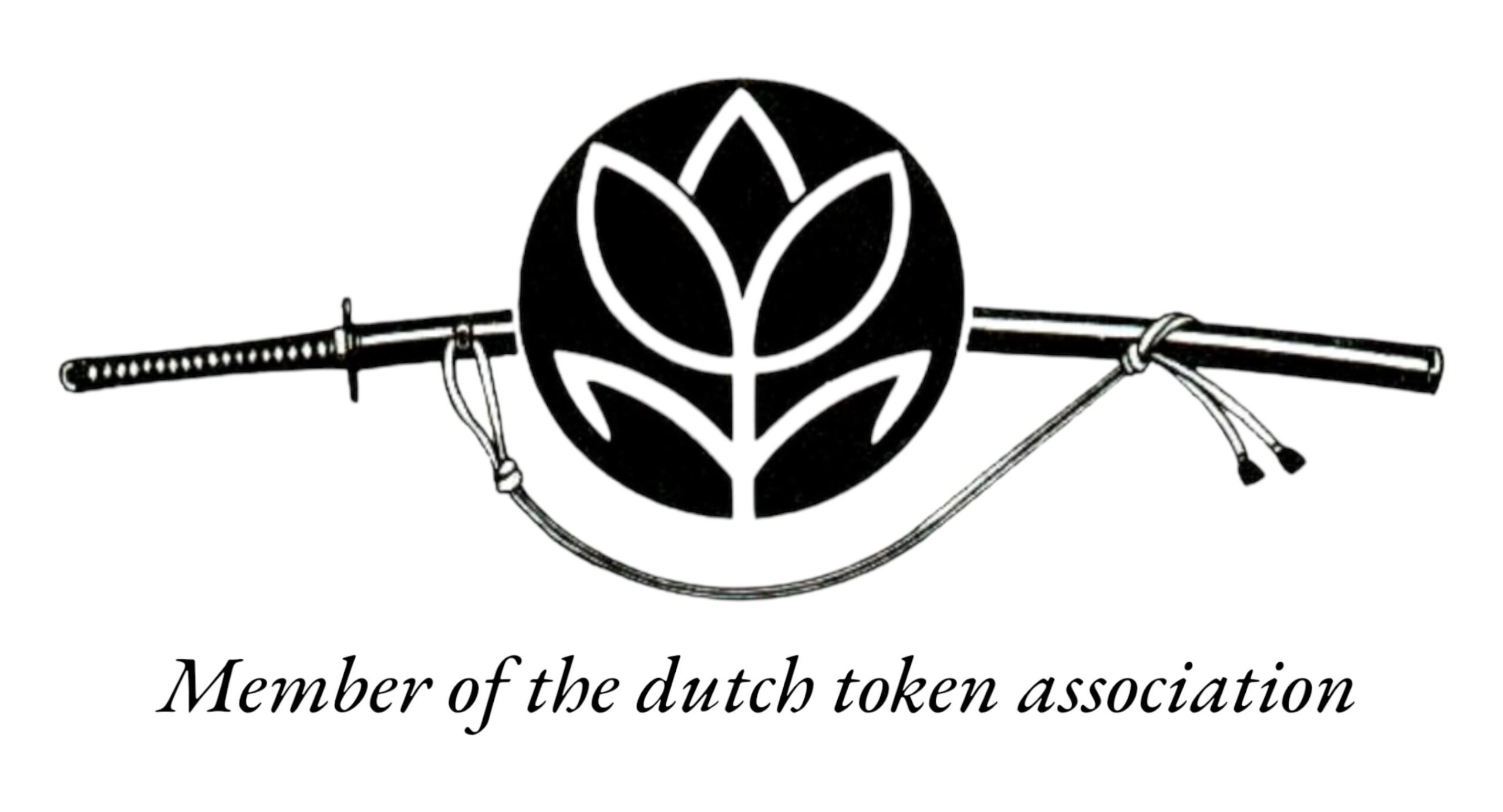Introduction to a Warrior’s Path
Few figures in Japanese history command as much reverence and intrigue as Miyamoto Musashi. Renowned as the greatest swordsman of his era, Musashi carved his legacy not only with the blade but through a life of relentless discipline, introspection, and philosophical depth. Born in 1584 during a volatile period of civil unrest, his journey from a wandering ronin to an undefeated duelist and enlightened strategist has captured imaginations for centuries.
Musashi fought—and won—over 60 duels, each sharpening not just his martial prowess, but his understanding of life, combat, and the self. His most famous duel, against Sasaki Kojirō, became the stuff of legend, symbolizing the pinnacle of swordsmanship and mental mastery.
Beyond the battlefield, Musashi’s enduring influence stems from his seminal work, The Book of Five Rings. In it, he explored the principles of strategy, mindset, and the way of the warrior—teachings that remain relevant in fields as diverse as martial arts, leadership, and personal development.
His life was not one of brute violence, but of deliberate purpose. To follow Musashi’s path is to pursue a deeper understanding of one’s craft, to confront fear with clarity, and to seek perfection not in victory alone but in continual self-refinement. This is the essence of the warrior’s path—and why Miyamoto Musashi’s story continues to resonate across centuries and cultures.
Beginnings in Chaos
Born in 1584 during Japan’s violent Sengoku period—a time marked by near-constant civil war and political upheaval—Miyamoto Musashi’s early life was shaped by chaos. This era, forged in the fires of clan rivalries and shifting allegiances, bred warriors hardened by uncertainty and bloodshed. Musashi was no exception.
Orphaned young, he was raised by relatives in Harima Province, but his real education came from the battlefield. With war all around him, the sword was not a tool of honor—it was survival. Musashi fought his first duel at just 13, killing a grown samurai named Arima Kihei with nothing more than a wooden stick. This was his brutal introduction to the way of the sword and a defining moment that set the tone for the rest of his life.
As the country lurched toward unification under the Tokugawa shogunate, Musashi wandered as a rōnin—an independent warrior without a master. This rootless existence in a fractured nation demanded adaptability, grit, and an unrelenting hunger for mastery. The turbulence of the Sengoku period didn’t just shape Musashi; it forged him into a living weapon, destined to become a legend.
First Duel at Thirteen
At the age of thirteen, Miyamoto Musashi faced his first real duel—a bold challenge few in any era would dare attempt at such a young age. His opponent was Arima Kihei, a trained samurai and instructor of the Shinto-ryu sword school, known not just for his skills with the blade but for his arrogance and readiness to kill to prove a point. Musashi, unyielding and animated by a fierce resolve, accepted Kihei’s public challenge without hesitation.
The duel took place in Musashi’s hometown of Hirafuku, before a small crowd of onlookers. Armed not with a traditional sword but a wooden staff, Musashi entered the field a boy but fought with the precision and fury of a seasoned warrior. As Kihei approached with confidence, Musashi struck decisively, knocking his opponent down and finishing the fight with a flurry of blows before the older man could even draw his sword properly. Kihei lay dead—defeated by a child.
This shocking victory was more than a fluke. It was the ignition point of Musashi’s path to greatness, proving the depth of his natural talent and his capacity for improvisation under pressure. With this early triumph, Musashi began his relentless quest to master the Way of the Sword, testing his skills in over sixty duels throughout his lifetime, never losing a single one. The duel at thirteen was only the beginning—but it announced the arrival of a legend.
The Road of Dueling
After departing from the Yoshioka clan duel in Kyoto, Miyamoto Musashi set out on an extraordinary journey that would shape his legend. Wandering Japan as a ronin—a masterless samurai—Musashi sought no lord or wealth, only refinement of his skill and understanding of combat. He believed that true mastery could only be achieved through the crucible of real encounters, and so he traveled from dojo to dojo, battlefield to remote mountain temple, challenging warriors of all ranks.
His duels were not acts of vanity but of learning. With each victory, Musashi adapted, analyzing his opponents’ techniques to hone his own. He fought not only samurai but also monks, swordsmen from rival schools, and even martial artists outside the sword. Each confrontation on this relentless road pushed him closer to an unmatched level of prowess.
One of the most famed of these encounters was his duel against Sasaki Kojirō, held on the remote island of Ganryū-jima. Arriving late and armed with a wooden sword he had carved from an oar, Musashi defeated the formidable Kojirō with a single, decisive strike—a moment that came to symbolize the culmination of his hardened discipline and psychological tactics.
But Musashi’s road was not just defined by victory. It was a personal odyssey of introspection and development. Constant exposure to life-and-death stakes imparted a profound understanding of strategy, rhythm, and human nature—insights that would later form the foundation of his seminal work, The Book of Five Rings. Through sweat, blood, and isolation, Musashi became not only Japan’s greatest swordsman but a philosopher of combat whose teachings endure to this day.
Victory over Sasaki Kojirō
Among Miyamoto Musashi’s many duels, none is more legendary than his encounter with Sasaki Kojirō on April 13, 1612. Fought on the small island of Ganryūjima, this battle pitted Musashi against a formidable opponent known for his swift “Swallow Tail” sword technique and refined fighting prowess. But true to form, Musashi turned the tide with a mix of psychological tactics, unconventional strategy, and pure skill.
Arriving hours late to unnerve his rival, Musashi stepped off the boat wielding a wooden sword he had carved from an oar during the trip. The choice wasn’t just symbolic—it gave him superior reach and demonstrated his belief that technique and mindset mattered more than material or etiquette. His late arrival had already angered Kojirō, potentially throwing him off balance.
The duel was swift and decisive. Musashi evaded Kojirō’s ferocious opening assault and, with a single powerful stroke of his wooden weapon, struck his adversary down. The blow reportedly crushed Kojirō’s skull, ending the duel in moments and cementing Musashi’s place in martial history.
This iconic fight exemplifies Musashi’s unique approach to combat: leverage the unexpected, control the flow of the encounter, and never be bound by tradition. His victory over Kojirō wasn’t just a physical win—it was a masterclass in psychological warfare and strategic thinking.
The Way of No-Sword
As Miyamoto Musashi matured, his understanding of combat transcended the mere clash of blades. What began as a relentless pursuit of perfection in swordsmanship evolved into something far deeper—a philosophy he would later describe as the “Way of No-Sword.” This wasn’t a technique or a combat style; it was a mindset, a strategic presence that prioritized awareness, adaptability, and inner clarity over physical weapons.
Musashi came to believe that true mastery lay in detachment from dependency—on tools, techniques, or even victory itself. After decades of life-and-death duels, he realized that winning didn’t always require a sword, just as fighting didn’t always mean engaging. The battlefield, in his mind, was as psychological as it was physical. By cultivating an unshakable spirit, reading opponents intuitively, and flowing with circumstances like water, Musashi demonstrated an uncanny ability to control the fight from within.
This culmination of his martial journey is cemented in his later teachings, particularly in The Book of Five Rings, where strategy is elevated to a way of life. Musashi’s “No-Sword” philosophy is not about disarmament—it’s about empowerment through presence, self-knowledge, and the ability to act without attachment. For Musashi, the greatest victory was gained long before swords were drawn.
The Five Rings and Final Years
In the twilight of his life, Miyamoto Musashi retreated to a cave called Reigandō near Kumamoto, seeking solitude and reflection after decades of battle and wandering. It was here, around 1645, that he composed his philosophical masterpiece, The Book of Five Rings (Go Rin no Sho), distilling a lifetime of martial knowledge into a concise, profound guide on swordsmanship, strategy, and the way of the warrior.
Divided into five chapters—Earth, Water, Fire, Wind, and Void—each “ring” represents a different principle of combat and mindset. The Earth chapter lays the groundwork, emphasizing fundamentals and the importance of a strong foundation in any endeavor. Water teaches adaptability, encouraging warriors to flow like a stream, fitting themselves to their opponents and circumstances. Fire is about the heat of battle, asserting strategy, intensity, and control under pressure. Wind examines the tactics of other martial traditions, urging readers to learn from others while staying grounded in their own path. Finally, the Void speaks to the spiritual realm—an understanding beyond technique, where intuition and presence guide the master swordsman.
More than a manual for combat, The Book of Five Rings became a timeless work of philosophy, offering insights into mindset, discipline, and the pursuit of mastery. Musashi did not write for the casual reader but for those dedicated to learning the true nature of self and sword. Sensing the end of his journey, he passed away shortly after completing the book, leaving behind a legacy not just of unmatched martial skill but of thoughtful, enduring wisdom. His teachings continue to resonate far beyond the battlefield, influencing artists, business strategists, and warriors of all walks of life.
Legacy of Stillness and Steel
Musashi’s legacy stands as a timeless testament to the fusion of physical prowess and philosophical depth. His commitment to constant self-improvement, captured in The Book of Five Rings, continues to guide martial artists, corporate strategists, and seekers of personal mastery around the world. He taught that true victory comes not just from the blade, but from mastering the self — discipline over impulse, clarity over chaos, and presence over hesitation.
In every dojo where footwork echoes his dual-sword technique, in every boardroom where strategy aligns with foresight, Musashi’s influence endures. His way — the Niten Ichi-ryū — is more than a style of combat; it is a path of stillness within motion, of steel shaped by spirit. Nearly four centuries later, Miyamoto Musashi remains not only Japan’s greatest swordsman but also a symbol of the relentless pursuit of purpose, excellence, and inner harmony.





